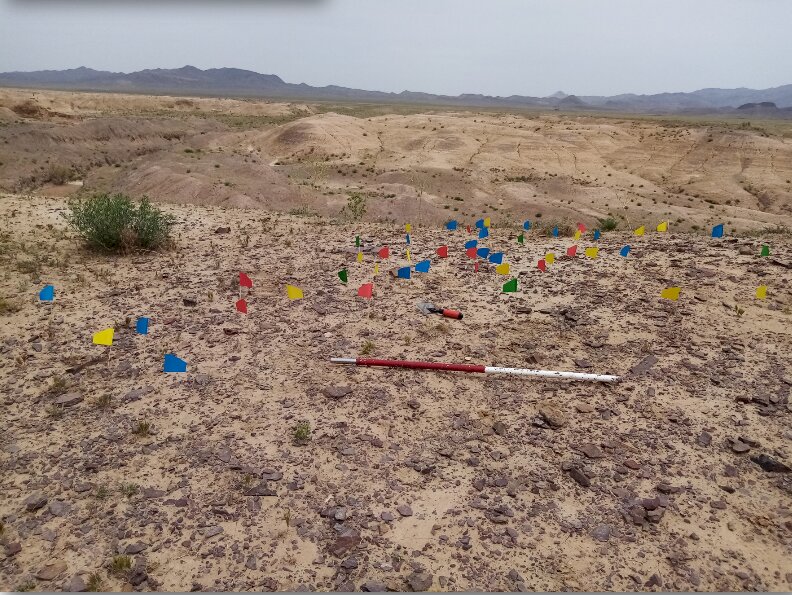Archaeologists start tracing Paleolithic sites on eastern Iranian plateau

TEHRAN – A team of Iranian archaeologists has commenced tracing Paleolithic sites on the eastern sides of the Iranian plateau.
“Research has begun to find further evidence for Paleolithic sites and settlements across the Shotoran-Paskuh corridor in South Khorasan province,” archaeologist Ali Sadraeiruz said on Thursday.
The eastern side of the Iranian plateau has long been considered an ecological and geological hub of the Paleolithic era by many researchers and archaeologists, Sadraeiruz was quoted by CHTN as saying.
“We have commenced long-term studies tracking human populations of the Pleistocene era in this part of the Iranian plateau.”
The current archaeological season, which will come to an end on May 31, is supervised by the Iranian Center for Archaeological Research, Sadraeiruz said.
Talking about the history of Paleolithic studies in the eastern Iranian plateau, he noted: “This part of the Iranian plateau has undergone several Paleolithic studies in the past.”
"However, these studies were paused for decades, and only in recent years, some case studies have been conducted in this area.”
“In the meantime, and for the first time in 1399 (2020), the first season of Paleolithic studies was carried out with the financial support of the provincial directorate of cultural heritage, handicrafts, and tourism.”
A 2019 study published in the Journal of Human Evolution suggests Neanderthals roamed across the Zagros Mountain range between 40 to 70 thousand years ago.
Until the late 20th century, Neanderthals were regarded as genetically, morphologically, and behaviorally distinct from living humans. However, more recent discoveries about this well-preserved fossil Eurasian population have revealed an overlap between living and archaic humans.
Neanderthals lived before and during the last Ice Age of the Pleistocene in some of the most unforgiving environments ever inhabited by humans. They developed a successful culture, with a complex stone tool technology, that was based on hunting, some scavenging, and local plant collection. Their survival during tens of thousands of years of the last glaciation is a remarkable testament to human adaptation.
AFM
Leave a Comment